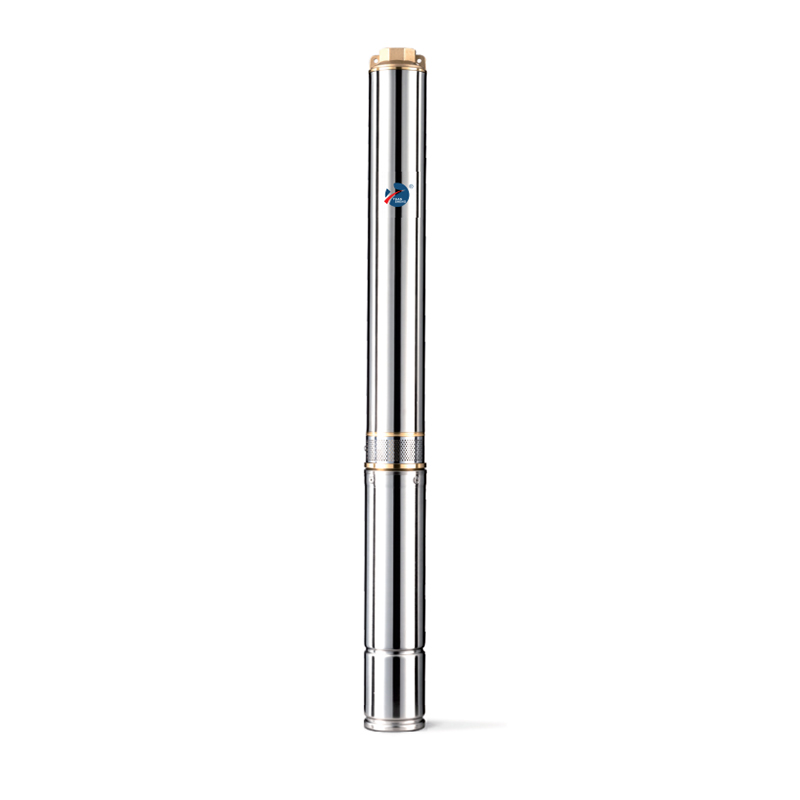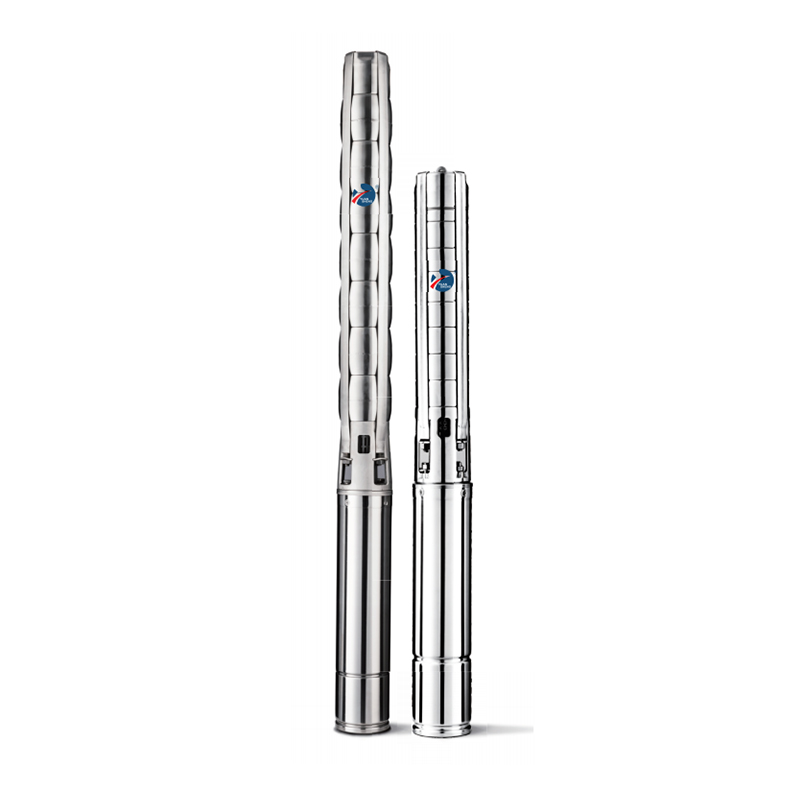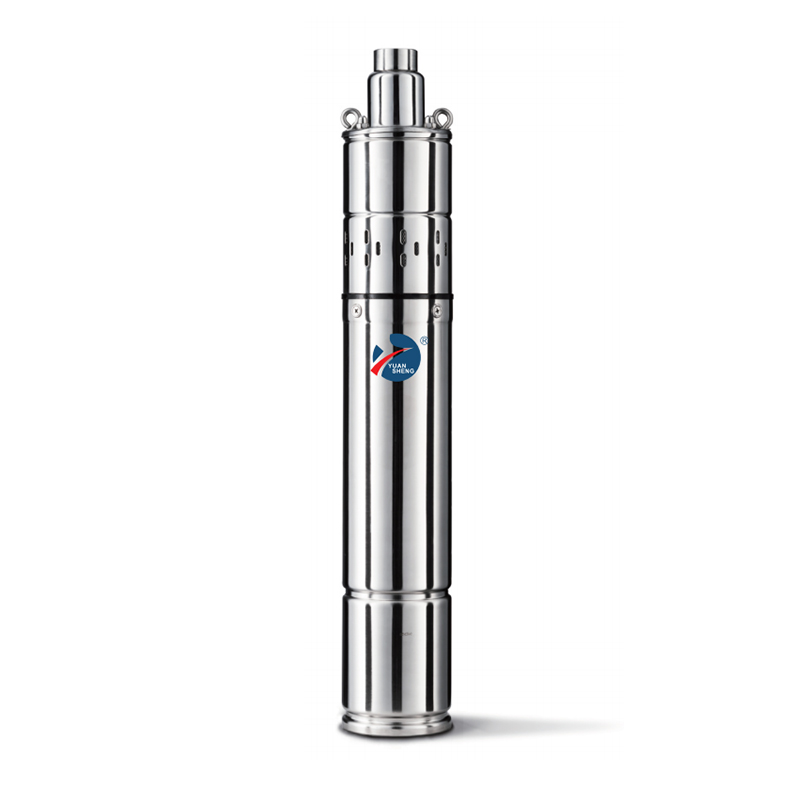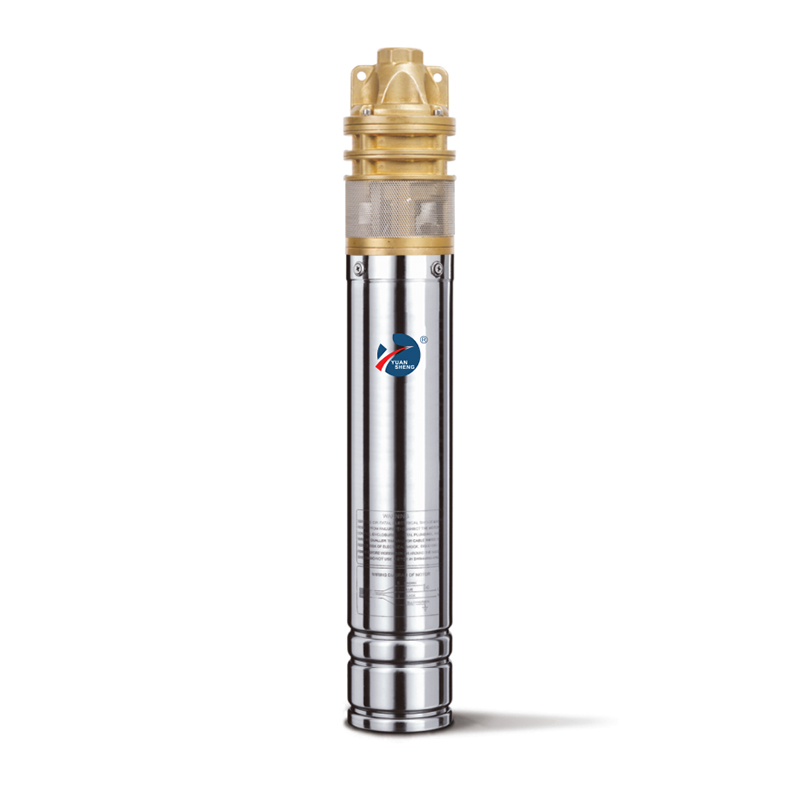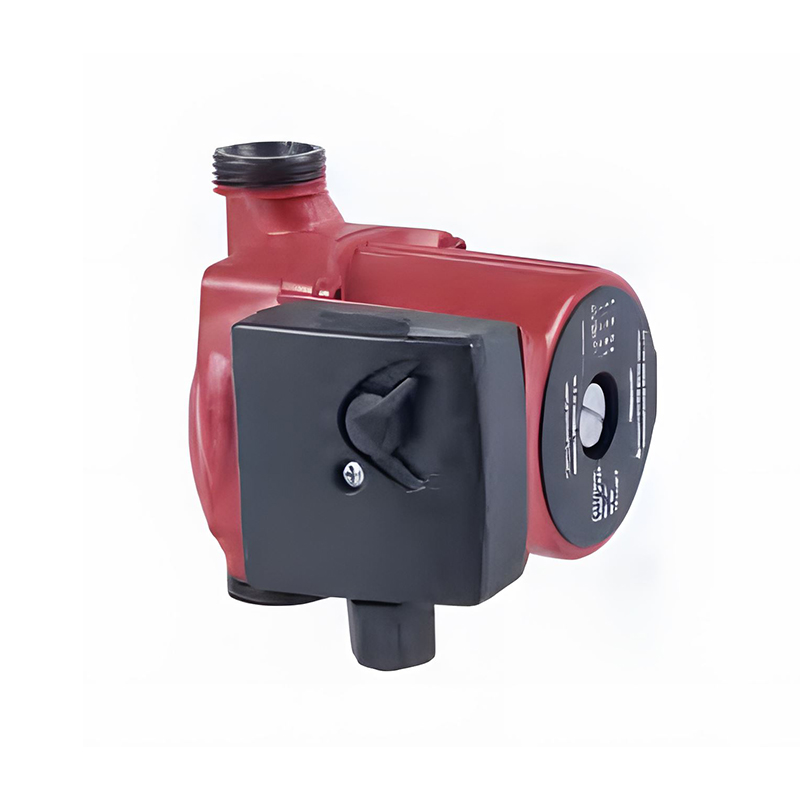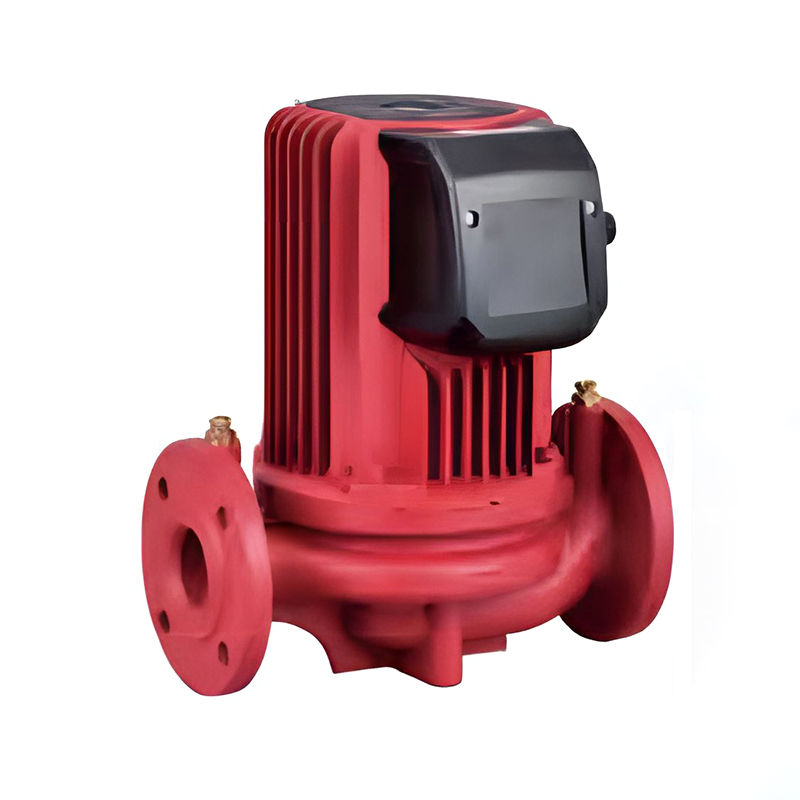Water is a fundamental resource for human life and various industrial activities. In many regions, especially those lacking direct access to surface water sources, deep wells serve as vital conduits for obtaining groundwater. The submersible deep well pump plays a crucial role in this context, facilitating the extraction and delivery of water from deep underground to the surface.
A submersible deep well pump is a type of centrifugal pump specifically designed to operate underwater. It consists of several key components, including an electric motor, a pump casing, impellers, and a discharge pipe. The electric motor, which is hermetically sealed to prevent water ingress, powers the impellers. When the pump is activated, the motor drives the impellers to rotate at high speed. This rotation creates a centrifugal force that draws water from the well and pushes it upwards through the discharge pipe to the surface.
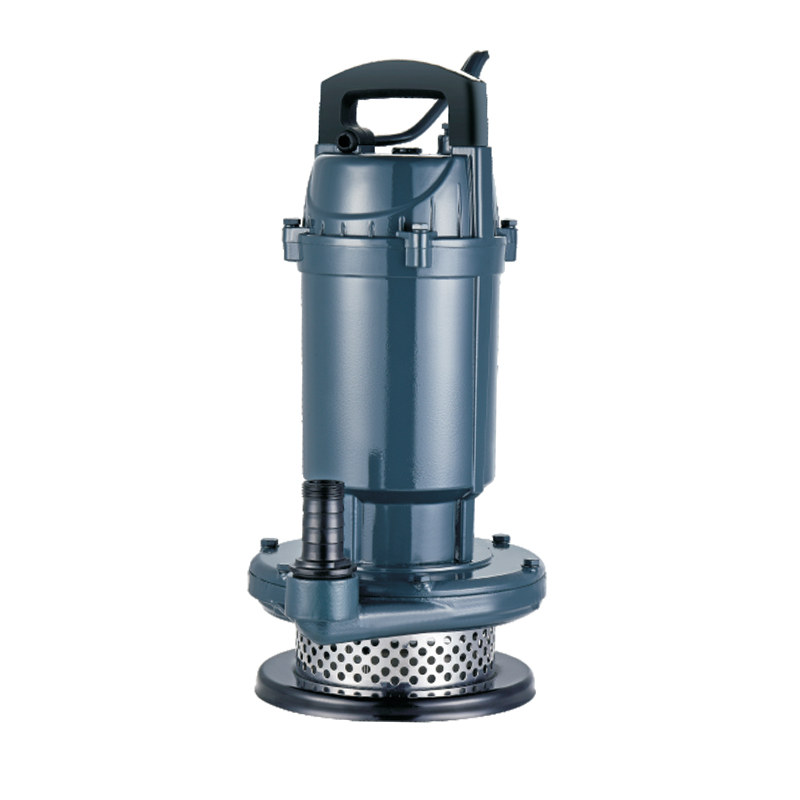
The pump is typically installed at the bottom of the well, fully submerged in water. This design has several advantages. Firstly, it eliminates the need for priming, as the pump is already filled with water. Secondly, being submerged helps to cool the motor, reducing the risk of overheating and extending the pump's lifespan. Additionally, the submersion smalls noise and vibration, making it a more efficient and quieter option compared to some other types of pumps.
Submersible deep well pumps are widely used in various applications due to their reliability and efficiency. In residential settings, they are commonly employed to supply water to households in rural areas or locations with private wells. These pumps can provide a steady flow of water for daily domestic use, such as drinking, cooking, cleaning, and irrigation of gardens and lawns.
In agricultural areas, submersible deep well pumps are essential for irrigation. They can extract large volumes of water from deep wells, ensuring that crops receive adequate water supply, especially during dry seasons or in regions with limited rainfall. This helps to maintain agricultural productivity and supports food security.
Industrial applications also benefit from the use of submersible deep well pumps. Industries such as mining, construction, and manufacturing often require a significant amount of water for processes like drilling, cooling, and cleaning. Deep well pumps can provide a consistent and reliable water source, contributing to the smooth operation of these industrial activities.
One of the main advantages of submersible deep well pumps is their high efficiency. Since the pump is located at the water source, it can directly draw water without the need for additional suction mechanisms. This results in small energy loss and lower operational costs compared to other types of pumps that may require more complex setups.
Another advantage is their durability and long service life. The submerged design protects the pump from dust, debris, and bad weather conditions, reducing wear and tear. With proper maintenance, a submersible deep well pump can operate reliably for many years, providing a cost-effective solution for water extraction.
Moreover, these pumps are relatively easy to install and maintain. Once installed, they require small adjustments and can operate automatically. Regular maintenance, such as checking the motor insulation and cleaning the pump, can be performed without the need for specialized tools or extensive technical knowledge.
Submersible deep well pumps are essential tools for water extraction in various settings. Their efficient design, durability, and ease of maintenance make them a reliable choice for residential, agricultural, and industrial applications.


 English
English 中文简体
中文简体 عربى
عربى